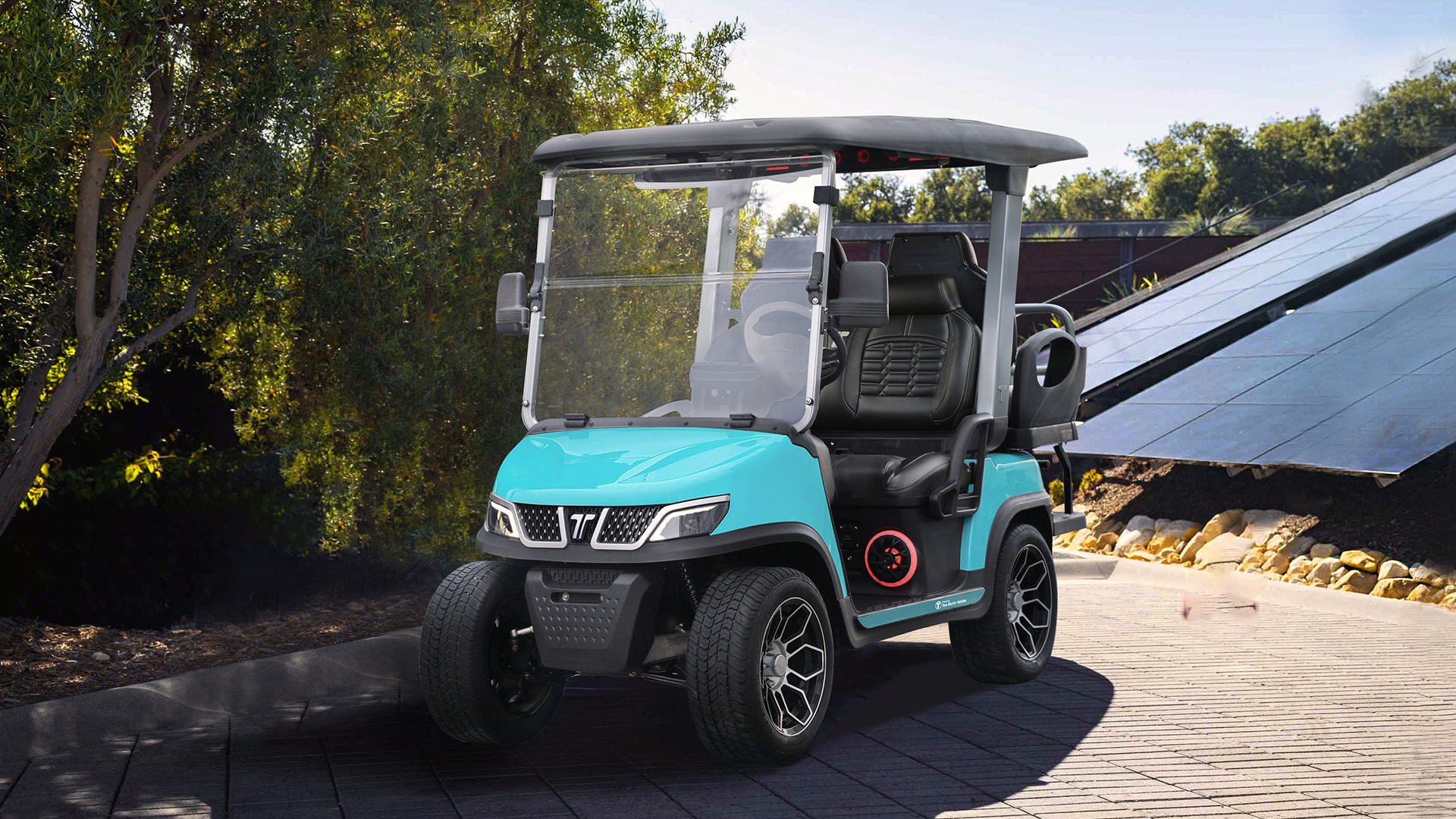-
Shopping Tools
-
Care & Maintenance
-
About
-
Dealer Login

A golf cart can be a surprisingly capable yard helper—hauling tools, soil, and debris while saving trips and strain across big properties and uneven ground.
For homeowners, groundskeepers, and hobby landscapers, a cart offers the perfect middle ground between a wheelbarrow and a full utility vehicle. With compact dimensions and easy maneuverability, it slips down garden paths, around trees, and along fence lines while carrying far more than you can comfortably tote by hand.
Load bags of mulch, pavers, compost, or firewood and shuttle them directly to the work site. A lightweight utility bed or small dump insert turns the cart into a mini hauler, cutting repeated trips and freeing time for actual planting, pruning, or repairs.
Moving heavy items is where fatigue and injuries happen. Using the cart as your rolling base cuts lifting and long carries. Add a small trailer and you can move soil, stones, or branches without overexertion—great for multi-hour cleanups.
Low ground pressure, modest width, and predictable throttle control make carts gentle on lawns and garden beds. With all-terrain tires and a slight lift, they climb modest slopes, cross damp patches, and traverse gravel lanes without tearing turf.
Install a bed rack, rake/hoe clips, under-seat bins, or a front basket. Keep pruners, string trimmer, chainsaw, spare line, and safety gear organized and within reach so you’re not hiking back to the shed every hour.
Beyond hauling, carts can push a yard sweeper, pull an aerator, tow a small log splitter, or carry a sprayer. Winter? Fit a winch-mounted or receiver-mounted plow blade and clear paths and driveways. The same platform handles spring planting, summer mowing support, fall leaf removal, and winter snow tasks.
Gas models offer quick refuel and steady torque for towing, handy during all-day cleanup. Electric models deliver quiet operation, instant torque, and low routine upkeep—perfect around neighbors, pets, and gardens. Choose based on average load, acreage, and charging/refueling convenience.
Compared with repeated tractor starts or multiple wheelbarrow runs, a cart reduces setup time and operator fatigue. Over a season, the efficiency gain often outweighs the modest fuel or charging cost, especially when the cart doubles as general property transport the rest of the week.
It depends on local rules. Many towns permit carts on designated local roads and within planned communities under specific conditions. Common requirements include operating on roads with lower posted speed limits, using lights and reflectors from dusk to dawn, and following age or licensing rules. Homeowners’ associations and property managers may set additional guidelines for paths and shared areas.
What to do: Check your city or county ordinance and any community bylaws. Ask about where carts may operate, required equipment (headlights, taillights, turn signals, mirrors, horn), and whether crossing certain roads is allowed. When in doubt, keep use on private property and approved paths.
Carts are excellent for yard work. They streamline transport, reduce strain, and adapt to the seasons with simple attachments. Set yours up with a utility bed, hitch, and a few storage add-ons and you’ll turn weekend chores into quick, organized projects.
